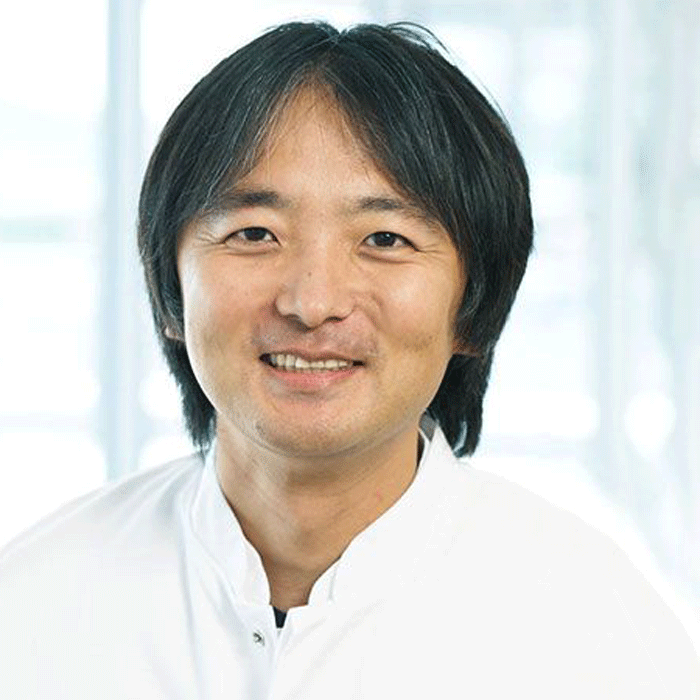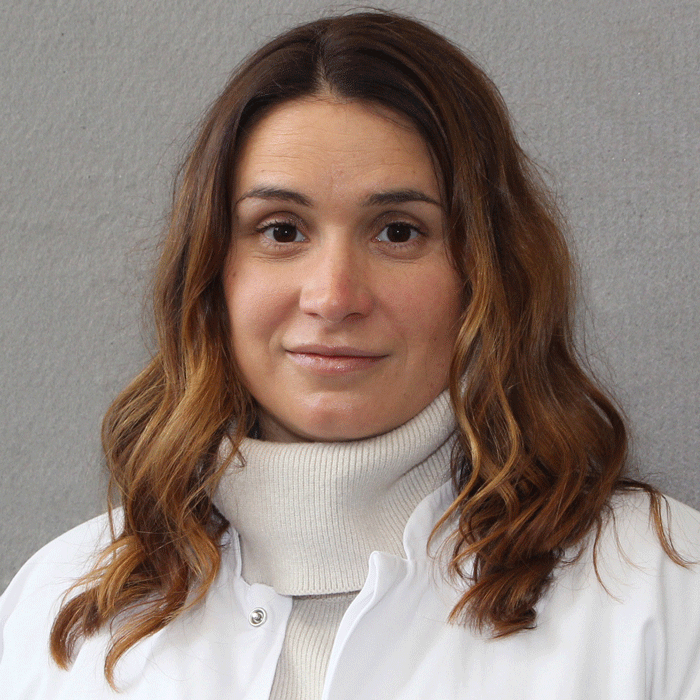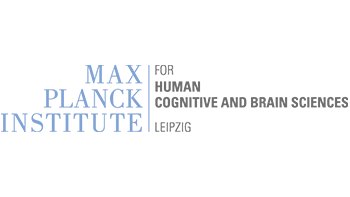DYT1 is the most common monogenic form of dystonia, which lacks a clear pathophysiology and a causal therapy. While deep brain stimulation (DBS) is an effective symptomatic treatment for DYT1 dystonia, its mechanisms remain unknown.
We will focus on a systematic investigation of the involvement of specific brain regions, as identified through FDG-PET, contributing to dystonia. Ablation and chemogenetic tools will dissect circuit elements, and state-of-the-art DBS tools such as volume of tissue activated (VTA) simulation, probabilistic mapping, and circuit-inspired burst stimulation will be applied.
Molecular imaging using additional PET tracers will assess neurotransmitter changes, and a translational approach will compare rat and human dystonia movement patterns.
Team
Publications
Brain-to-gut trafficking of alpha-synuclein by CD11c+ cells in a mouse model of Parkinson‘s disease.
Feasibility of local field potential-guided programming for deep brain stimulation in Parkinson‘s disease: A comparison with clinical and neuro-imaging guided approaches in a randomized, controlled pilot trial.
Feasibility of local field potential-guided programming for deep brain stimulation in Parkinson’s disease: A comparison with clinical and neuro-imaging guided approaches in a randomized, controlled pilot trial.
- Prof. Cordula Matthies
- Prof. Jens Volkmann
DRD1 signaling modulates TrkB turnover and BDNF sensitivity in direct pathway striatal medium spiny neurons.
Peripheral nerve injury elicits microstructural and neurochemical changes in the striatum and substantia nigra of a DYT-TOR1A mouse model with dystonia-like movements.
Expansion of regulatory T cells by CD28 superagonistic antibodies attenuates neurodegeneration in A53T-α-synuclein Parkinson’s disease mice.
Age-dependent neurodegeneration and neuroinflammation in a genetic A30P/A53T double-mutated α-synuclein mouse model of Parkinson’s disease.
- Dr. Lisa Harder-Rauschenberger
- Dr. Alexander Grotemeyer
- Dr. Susanne Knorr
- Prof. Jens Volkmann
- Prof. Chi Wang Ip
Rodent models for gait network disorders in Parkinson’s disease – a translational perspective.
- Dr. Nikolaus Wenger
- Elisa Garulli
- Burçe Kabaoğlu
- Dr. Michael Schuhmann
- Prof. Chi Wang Ip
- Prof. Christoph Harms
- Prof. Matthias Endres
- Prof. Ioannis Isaias
- Prof. Philip Tovote
- PD Dr. Robert Blum
Deep brain stimulation electrode modeling in rats.
- Dr. Ningfei Li
- Dr.-Ing. Konstantin Butenko
- Prof. Chi Wang Ip
- Prof. Andrea Kühn
- Dr. Andreas Horn
- Prof. Ursula van Rienen
Neurodegeneration by α-synuclein-specific T cells in AAV-A53T-α-synuclein Parkinson’s disease mice.
- PD Dr. Robert Blum
- Dr. Susanne Knorr
- Prof. Jens Volkmann
- Prof. Chi Wang Ip















